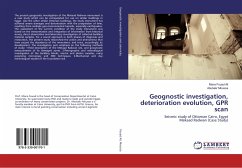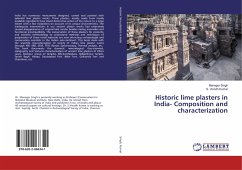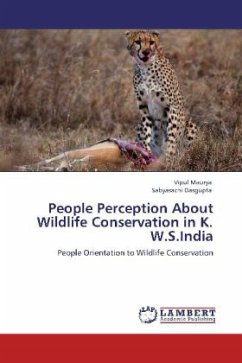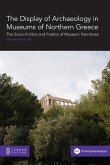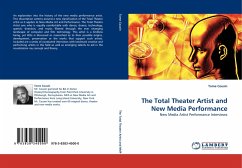Developed to house and preserve the world's material heritage, museums and other collecting institutions currently store billions of artifacts in their reserves. Unfortunately, the objects in museum storage, especially archaeological specimens, are continually deteriorating. The precarious state of collections care is especially problematic for human remains, a unique category of archaeological artifacts that can offer unprecedented insight into ancient populations. Even in museum storage, human remains serve important scientific, religious, and cultural purposes, and it is imperative that collections care professionals, including archaeologists, develop rigorously tested guidelines to preserve these artifacts. In order to identify the best practices for the care and removal of mold from infested human remains, I analyzed the University of Michigan Museum of Anthropology's human remains collection from Senegal, Africa, to contribute to the growing field of collections care standardization. The results of this work provide a series of recommendations for archaeologists and conservators to both prevent and treat the infestation of human remains.



